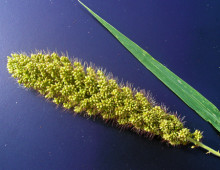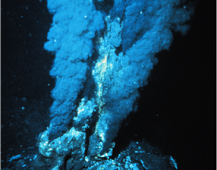The heat is on – microbial mat communities in Hot Lake
Diverse underwater communities of cyanobacteria and other microorganisms are capable of withstanding drastic changes in salinity. The Science The microbial mat communities—multi-layered sheets of bacteria and archaea that grow at the interface between submerged, moist or even desiccated surfaces—in a remote lake near the border with Canada are relatively stable, despite weathering a 10-fold increase… [Read More]




